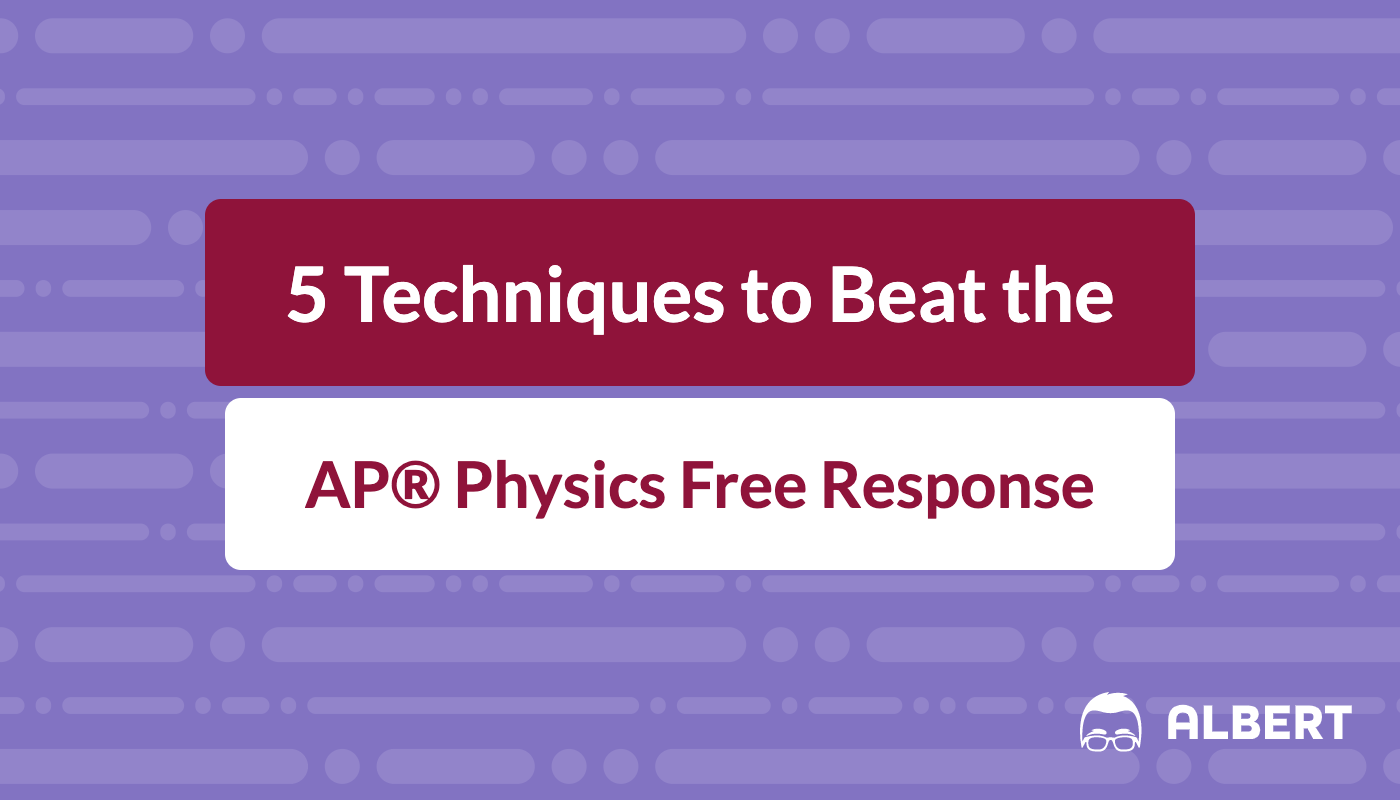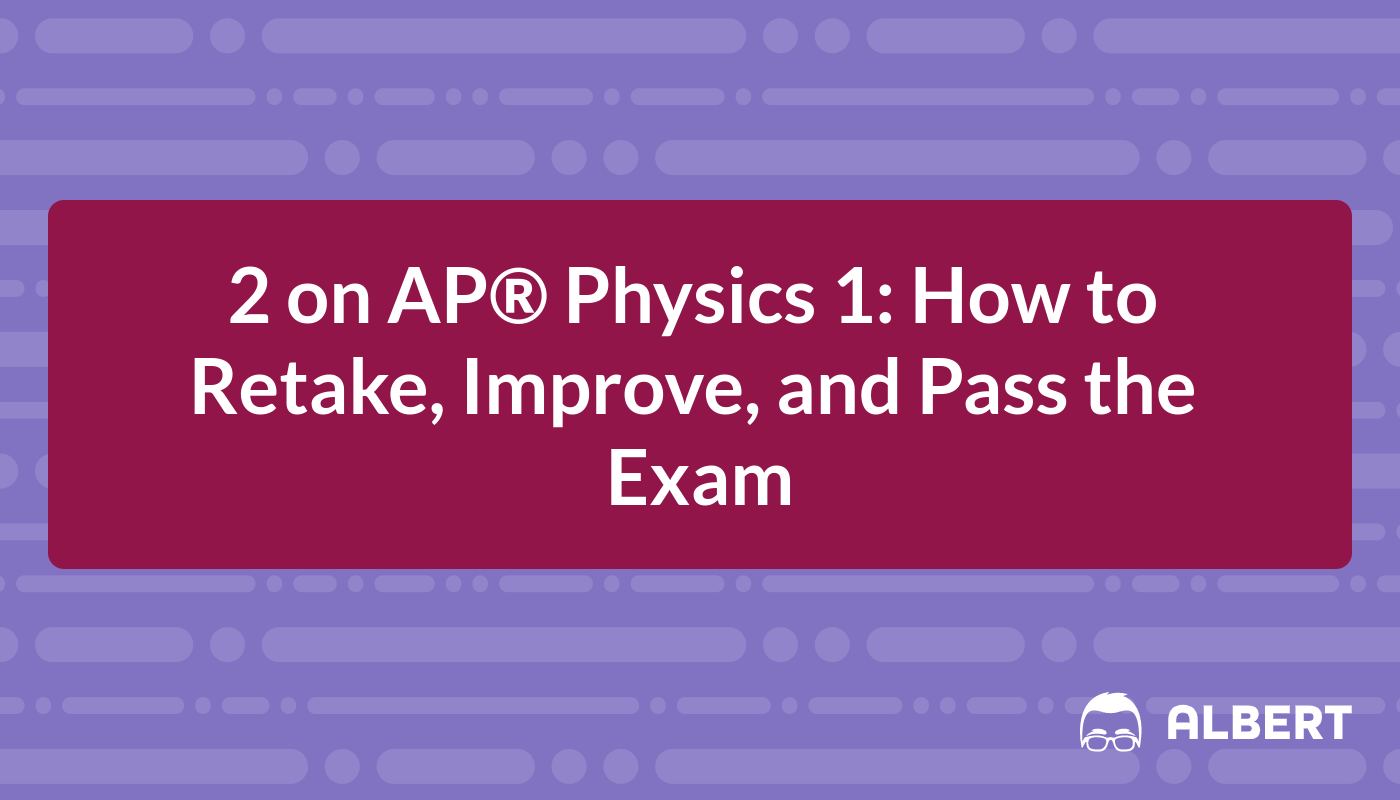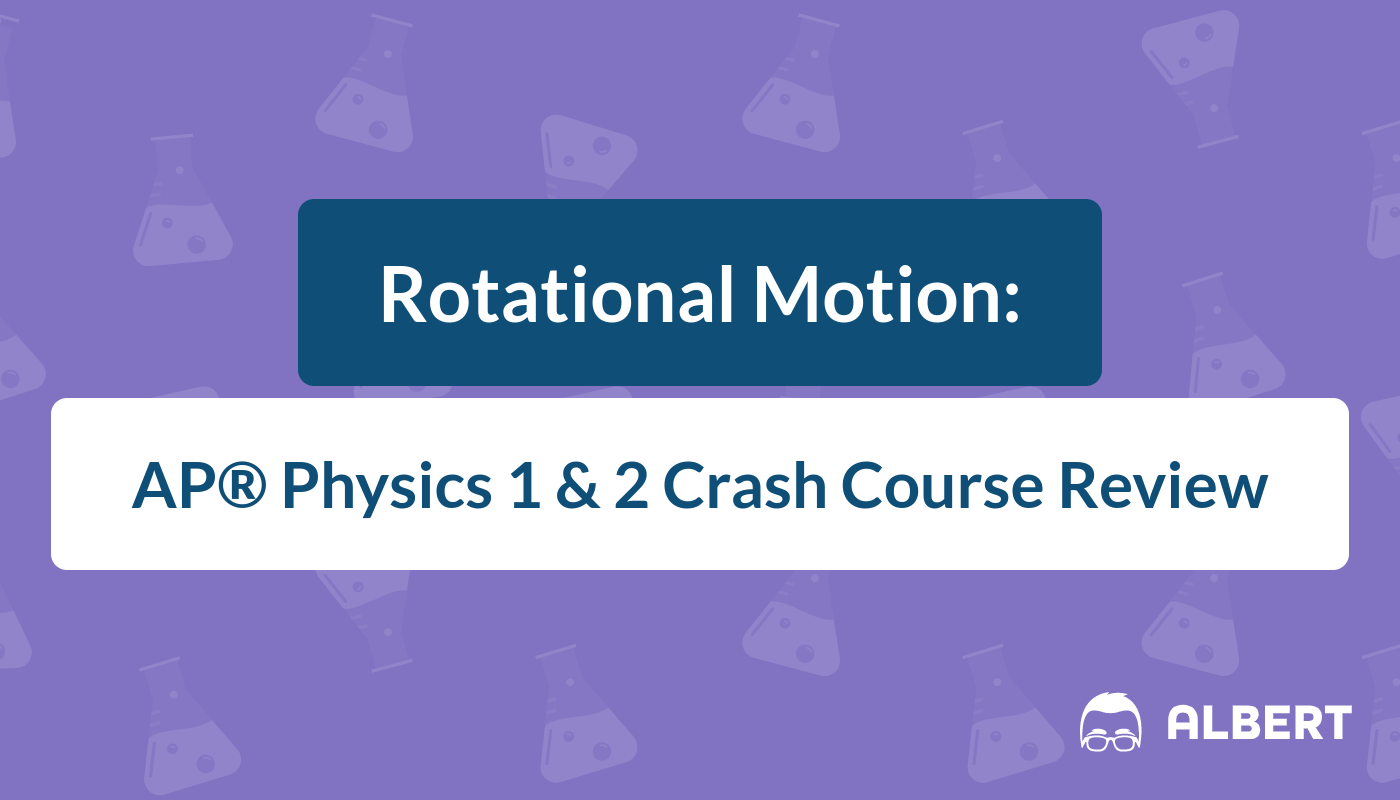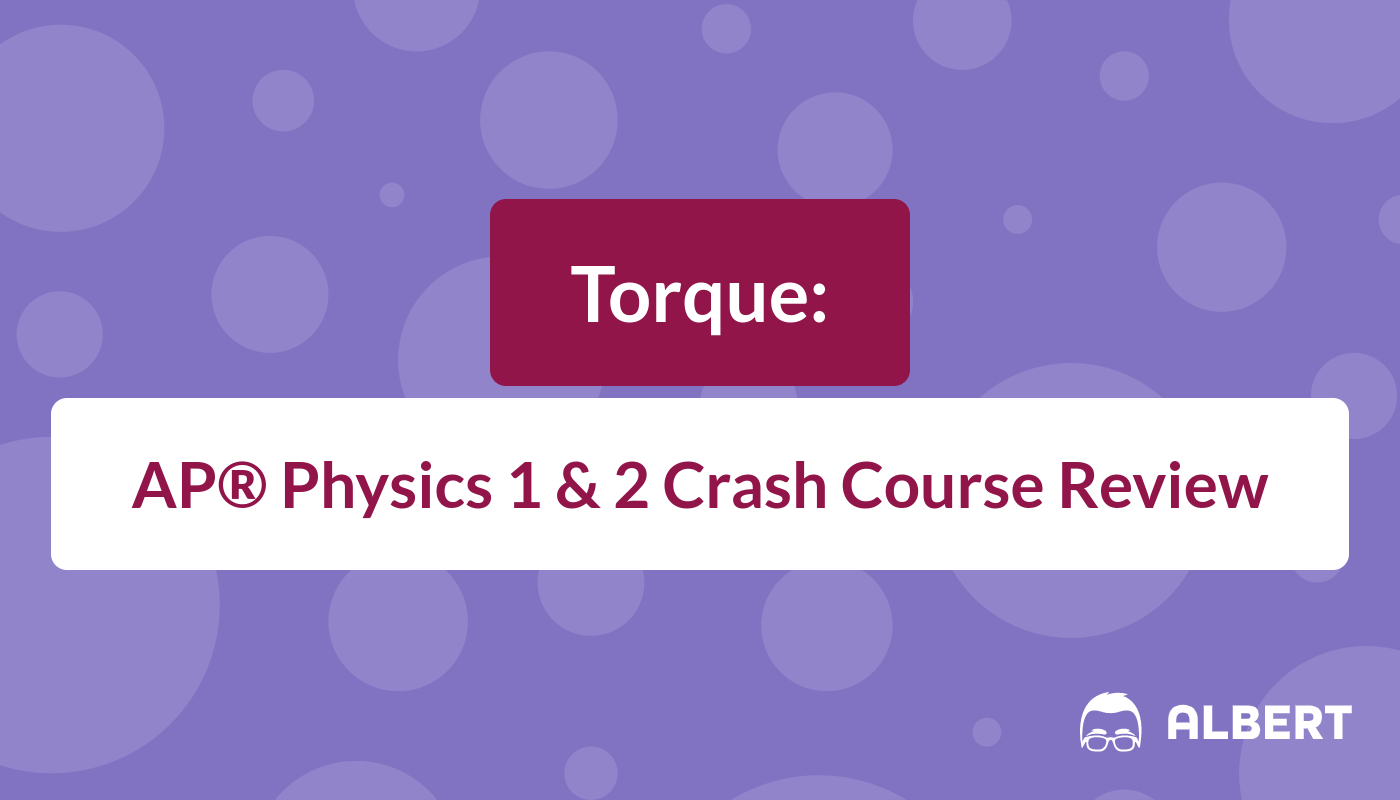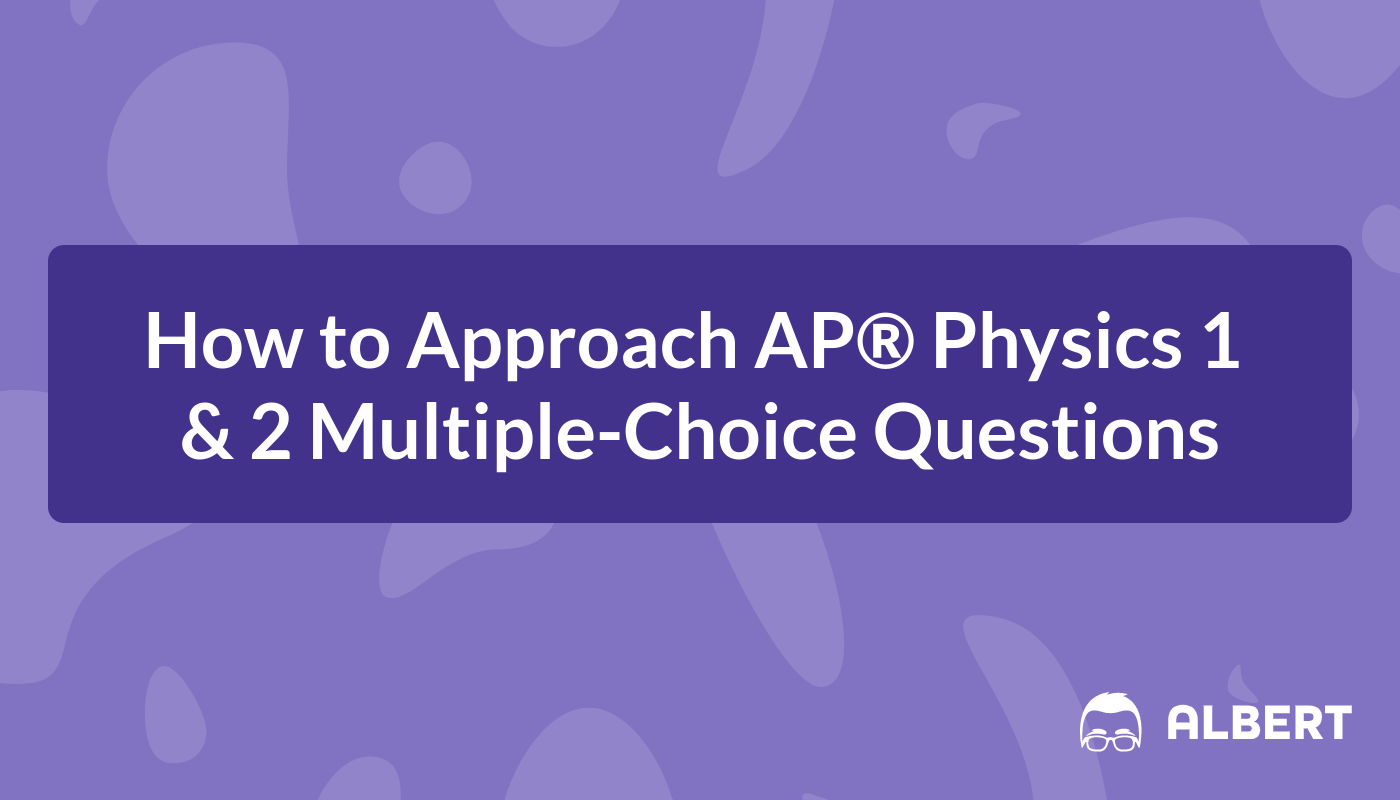5 Techniques to Beat the AP® Physics Free Response
The AP® Physics Free Response section is composed of 5 questions; you are given 90 minutes to answer them. Knowing the physics is crucial, but beyond that, here are five techniques to minimize errors and maximize points on the AP® Physics Free Response section. We apply all of these techniques to 2015 Free Response Question 1.

